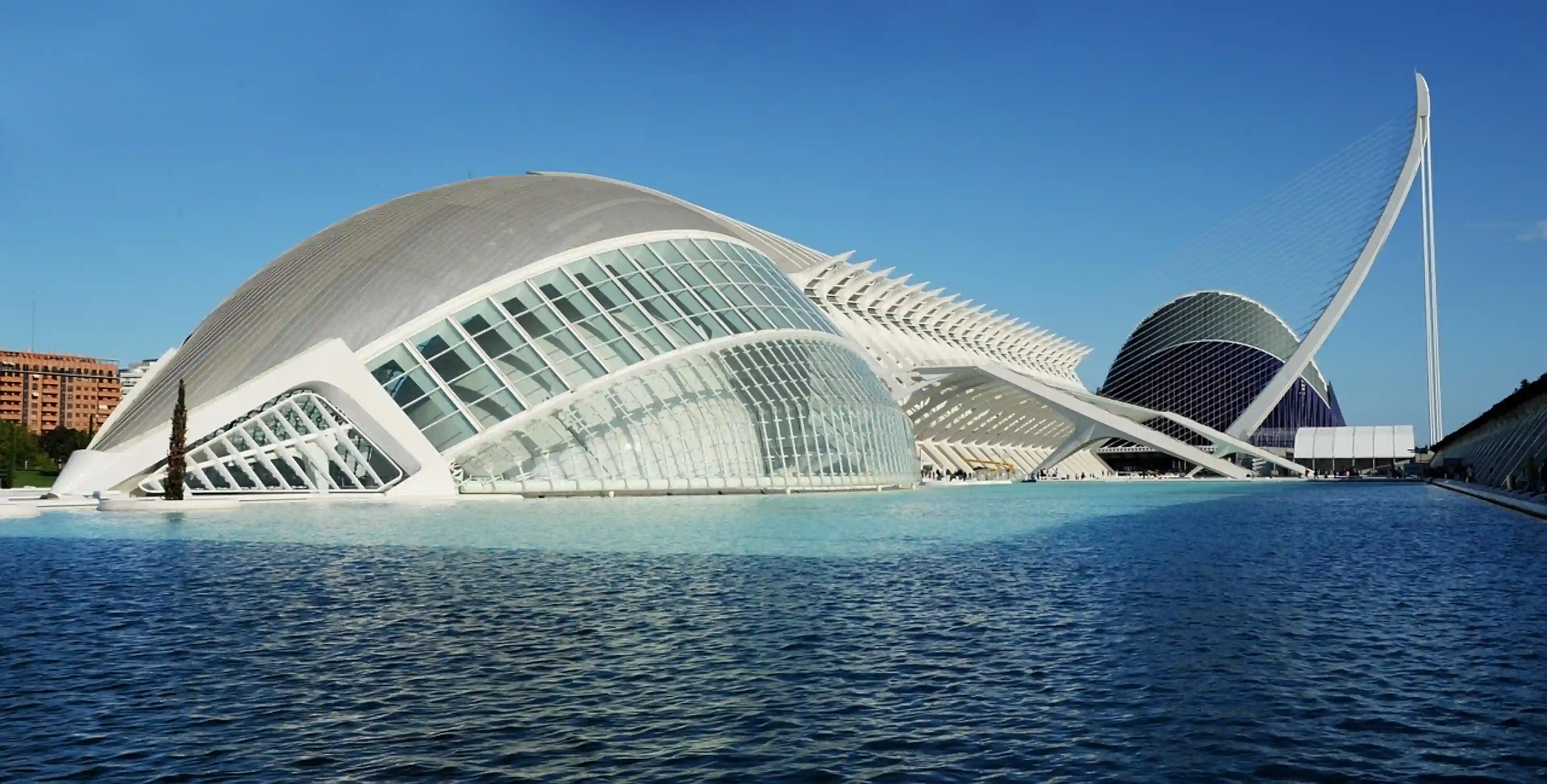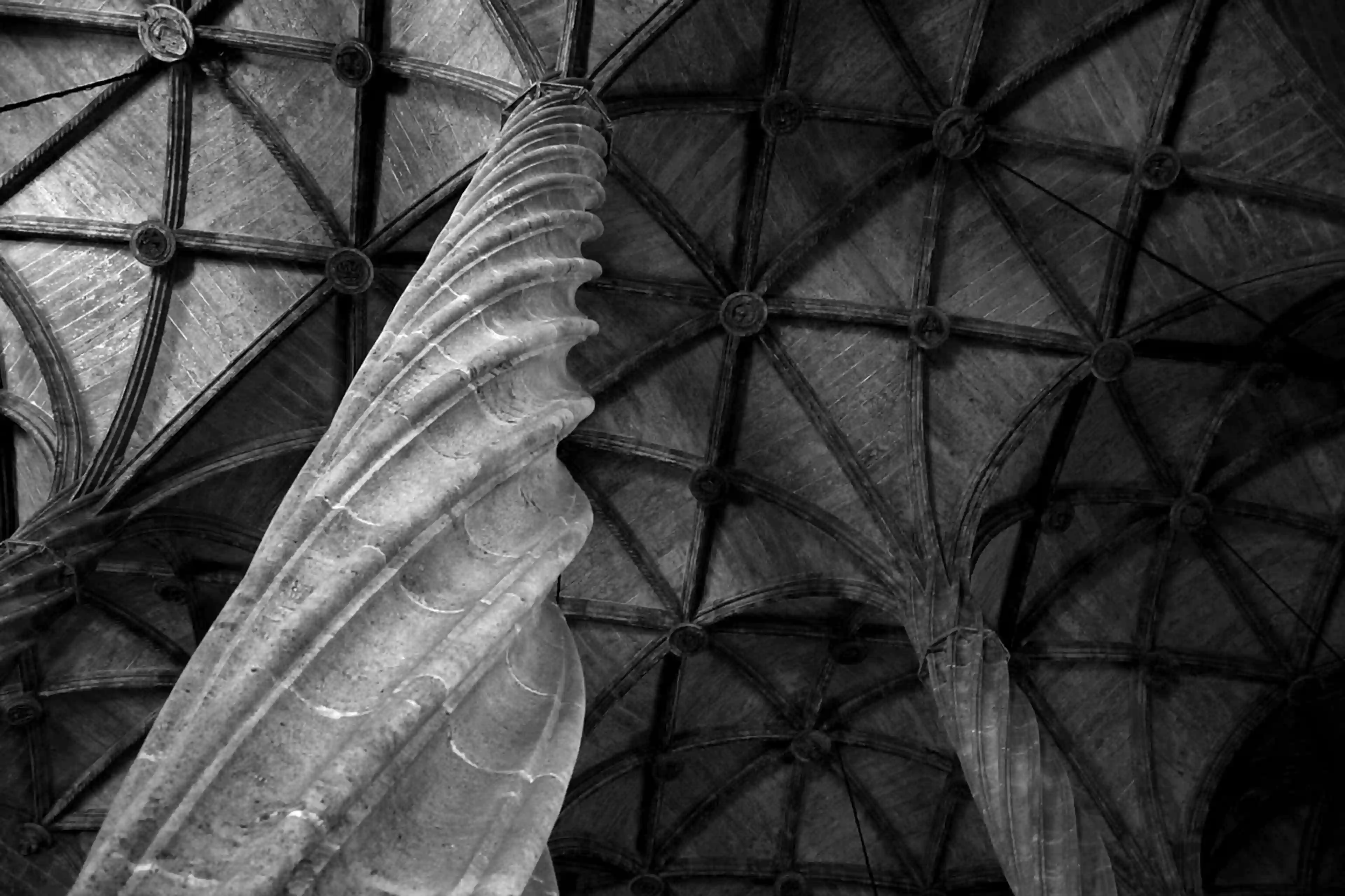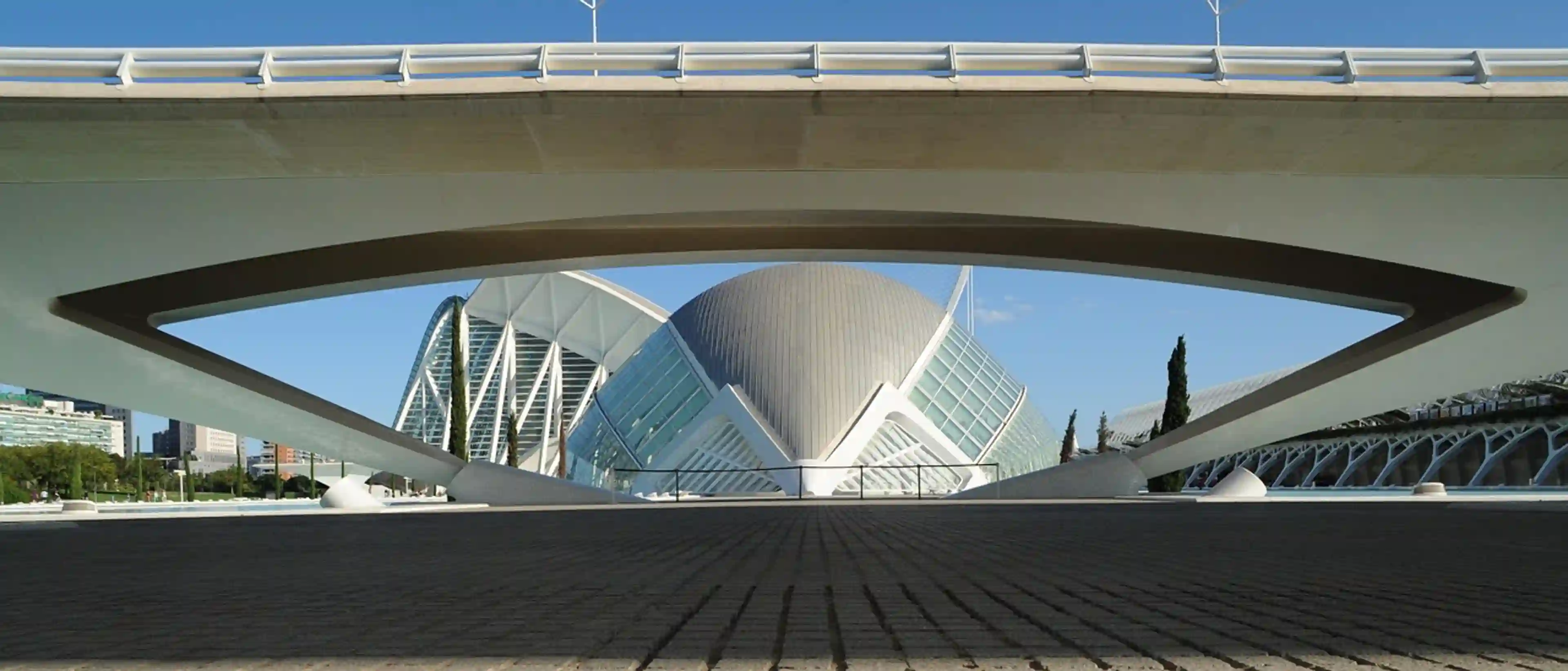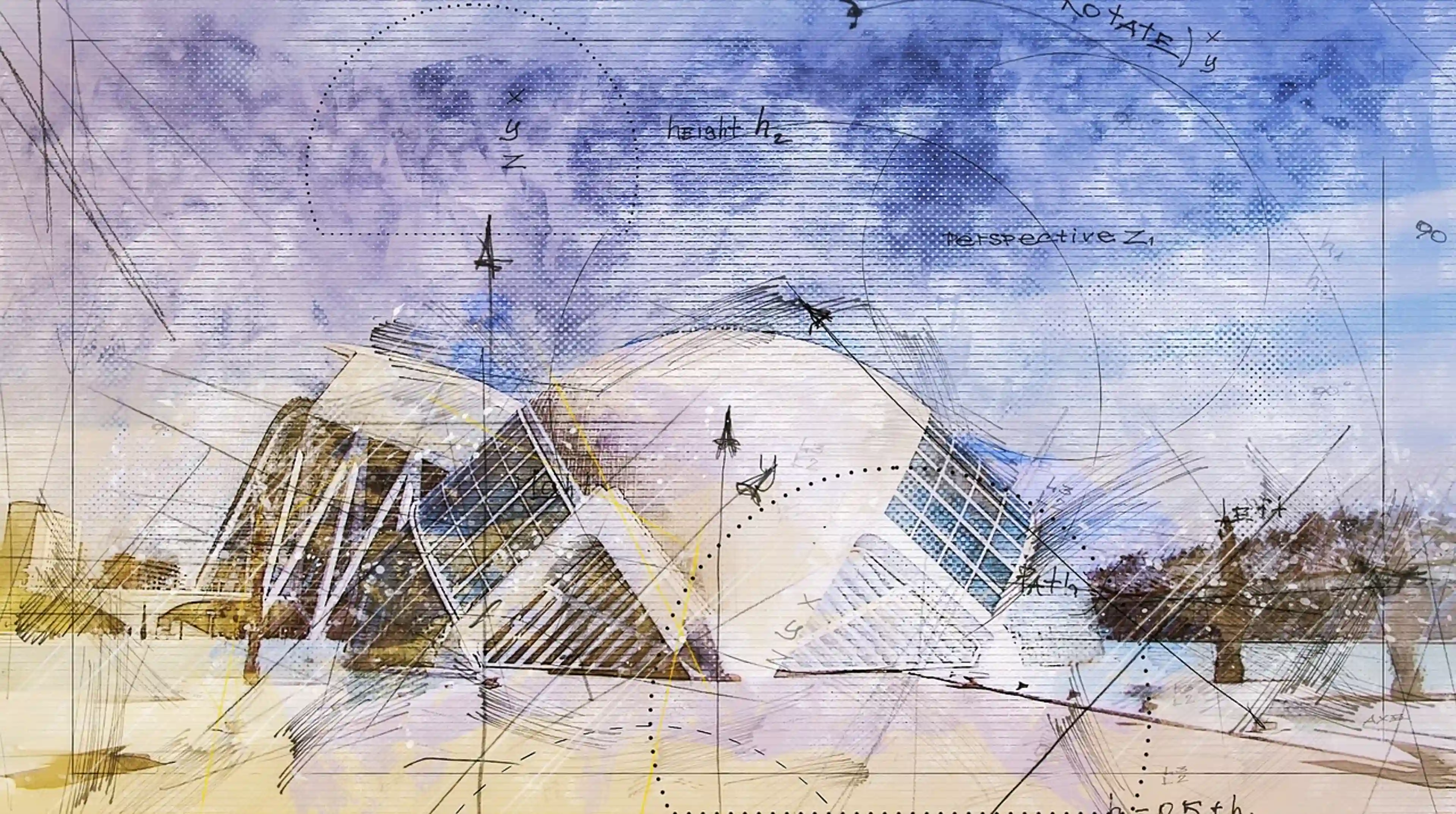Valencia
General presentation
Top 50
History, culture & traditions
Travel advice
Wikipedia
Viator activities
Tiqets activities
General presentation
Global presentation
The third largest city in Spain, this Mediterranean metropolis captivates with its perfect balance between tradition and modernity. Renowned for its rich historical heritage, it is home to architectural jewels such as the Cathedral of Saint Mary and the Lonja de la Seda, while also showcasing spectacular contemporary achievements like the City of Arts and Sciences. The birthplace of authentic paella, the city offers a unique culinary experience, complemented by its Mediterranean beaches and colorful festivals that punctuate the year.
Geographical situation
Located on the east coast of Spain, the city flourishes in the heart of the Mediterranean gulf, on the fertile alluvial plain of the Júcar and Turia rivers. Bordered by the Mediterranean to the east, it is surrounded by various comarques, notably Horta Nord and Horta Sud. The Serra Calderona, the nearest mountain range, rises about 25 kilometers to the north, offering a striking contrast between sea and mountain.
Atmosphere and character
The warm Mediterranean atmosphere permeates every neighborhood, creating a unique environment where the past converses with the present. The historic alleys of El Carmen, steeped in history, harmoniously contrast with modern areas, while the vibrant nightlife and traditional festivals like the famous Fallas in March set the rhythm for a particularly dynamic cultural scene. This coexistence between tradition and modernity forges the authentic and endearing character of the destination.
Climate
The Mediterranean climate with semi-arid influences ensures a pleasant lifestyle throughout the year, with an average annual temperature of 18.4°C. Winters remain mild, with minimum temperatures hovering around 7-8°C in January, while summers turn hot with average highs of 30-31°C in August. Rainfall, rare during the summer period, mainly concentrates in autumn and between the end of winter and the beginning of spring.
Best season to visit
- Spring (April-June): pleasant temperatures and moderate tourist influx
- Autumn (September-October): ideal weather conditions and peaceful atmosphere
- March: exceptional time to discover the festivities of the Fallas
- July: particular liveliness during the traditional Feria
Access
- Air: the international airport, located 8 km west in the municipalities of Manises and Quart de Poblet, offers numerous national and international connections
- Railway: the Estació del Nord, in the heart of the city, welcomes trains from all over Spain
- Road: the central bus station, in the western part, provides connections to major Spanish and European destinations
Internal transport
- Metro and tram: efficient network covering the city and its surroundings, with lines 3 and 5 connecting the airport to the city center in about 25 minutes
- Urban buses: extensive network complementing public transport offerings with wide coverage
- Valenbisi: self-service bike rental service offering 2,750 bicycles spread across 275 stations, available 24/7 throughout the year
Top 50
Wikipedia
Viator activities
Tiqets activities



